In the perpetual darkness of the abyssal zone, where tectonic plates shift and superheated vents spew mineral-rich plumes into the icy water, an unprecedented scientific endeavor is taking shape. The Deep-Sea Robotics City, a sprawling network of autonomous research stations, now operates with near-total independence along the volcanic fissures of the Pacific Ring of Fire. This self-sustaining outpost represents not just an engineering marvel but a fundamental reimagining of how humanity studies the last uncharted frontier on Earth.
Unlike traditional manned submersibles or tethered observation platforms, the station's architecture relies on swarms of biomimetic drones modeled after extremophile species. These machines—some shaped like blind albino shrimp, others mimicking the fluid movements of six-gill sharks—navigate through turbulent hydrothermal currents using reinforced graphene skins that withstand pressures exceeding 500 atmospheres. Their titanium alloy skeletons incorporate shock-absorbing microstructures inspired by the compressible cartilage of snailfish, allowing operation within meters of active magma vents.
The heart of the operation lies in the Central Cognitive Array, a distributed artificial intelligence system housed within pressure-resistant spheres mounted on the seafloor. Powered by thermal energy converters tapping into volcanic heat, these nodes process real-time data from over 2,000 sensor arrays monitoring everything from microbial activity to trace metal deposition. What makes this system revolutionary is its capacity for self-directed hypothesis generation; when anomalous sulfur compounds were detected near the Mariana Trough last September, the AI autonomously redeployed three sampling drones and initiated chemical analysis before human researchers received the alert.
Recent discoveries have already upended longstanding assumptions about deep-sea ecosystems. The robotic city's high-resolution 3D mapping revealed previously unknown symbiotic networks between tube worms and archaea colonies, showing how these organisms collectively regulate vent chemistry. Perhaps more startling was the drones' documentation of crystallized lithium deposits forming at unprecedented rates along newly discovered vent chimneys—a finding with profound implications for sustainable battery technology.
Military strategists and mining conglomerates have taken keen interest in the project's logistical breakthroughs. The station's self-repair capabilities, enabled by drone teams carrying nano-ceramic patching compounds, have maintained continuous operation despite multiple magma tube collapses. Its communication system—using modulated hydrothermal vibrations as carrier waves—provides bandwidth reliability that satellite links cannot match at these depths. These innovations were brutally tested during the 2023 Tonga seismic event, when the station survived a magnitude 7.1 earthquake while simultaneously recording valuable data on tsunami formation mechanisms.
Ethical debates simmer among marine biologists regarding the station's autonomous experimentation protocols. Last month, an AI-directed attempt to introduce engineered bacteria for methane consumption triggered unexpected speciation changes in vent-dwelling amphipods. While the results advanced extremophile adaptation theories, some researchers argue such interventions cross lines that would never be permitted in terrestrial research. The counterargument cites the drones' meticulous environmental impact assessments, which calculated a 0.00017% disturbance rate—far below that caused by conventional research submersibles.
As the first microbial fuel cells begin powering subsidiary stations using chemosynthetic bacteria, the project enters its most ambitious phase: establishing a trans-oceanic research corridor linking hydrothermal fields from Mexico to Japan. This would enable the first comprehensive study of deep-sea climate change indicators, particularly the worrying acidification patterns detected near cold seeps. With funding secured through 2032, the robotic city may soon expand its drone fleet to include specialized units for tracking abyssal carbon cycles—a critical missing piece in current global warming models.
The ultimate vision involves self-replicating infrastructure. Prototype 3D printers, fed by mineral deposits extracted from vent fluids, have successfully constructed replacement sensor nodes using only locally sourced materials. Should this technology mature, it could enable research stations to propagate across mid-ocean ridges without surface support—a development that would permanently alter humanity's relationship with the deep ocean. As project lead Dr. Elena Vostokova remarked during last week's progress review: "We're not just observing the abyss anymore. We're teaching it to observe itself."
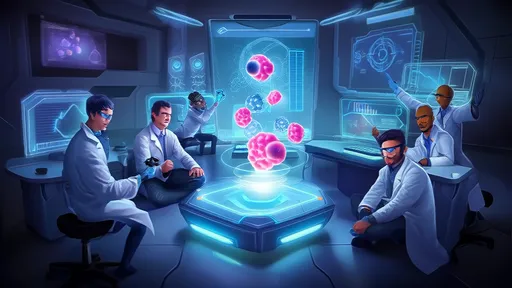
By /Jul 2, 2025
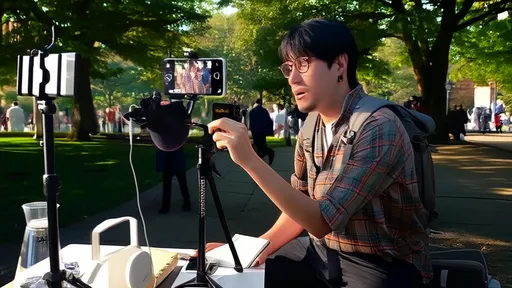
By /Jul 2, 2025

By /Jul 2, 2025

By /Jul 2, 2025
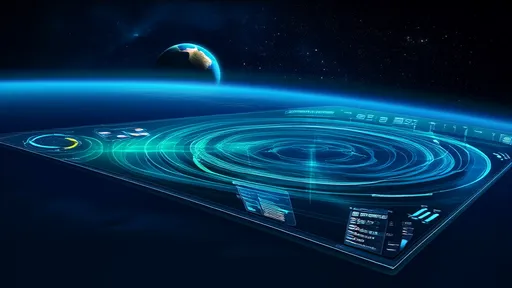
By /Jul 2, 2025

By /Jul 2, 2025

By /Jul 2, 2025
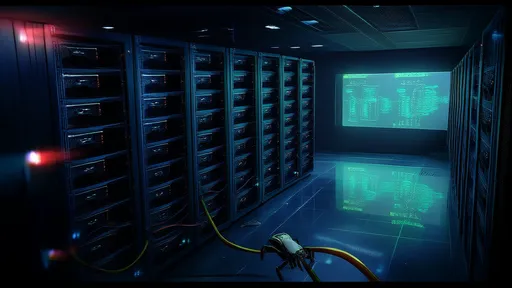
By /Jul 2, 2025
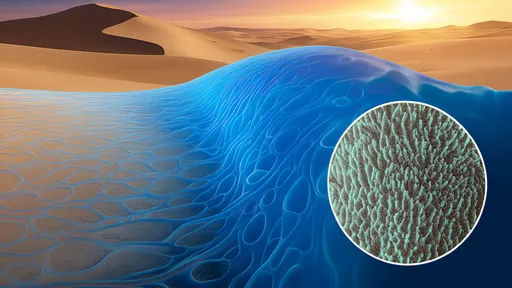
By /Jul 2, 2025
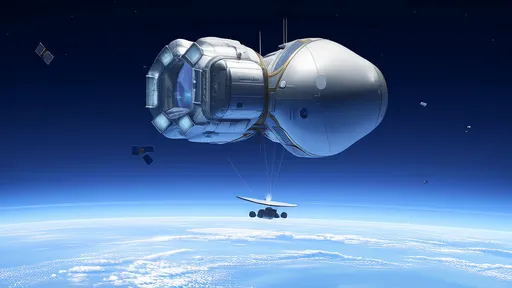
By /Jul 2, 2025
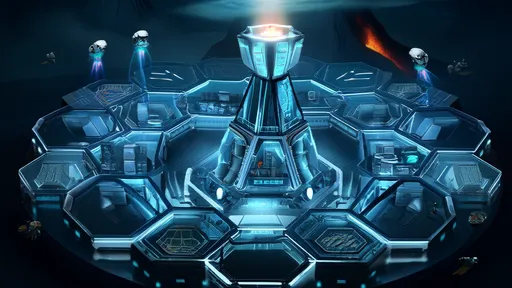
By /Jul 2, 2025

By /Jul 2, 2025
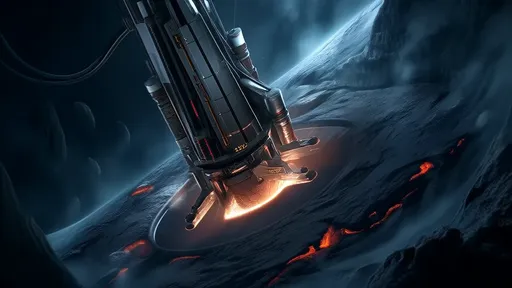
By /Jul 2, 2025

By /Jul 2, 2025

By /Jul 2, 2025

By /Jul 2, 2025
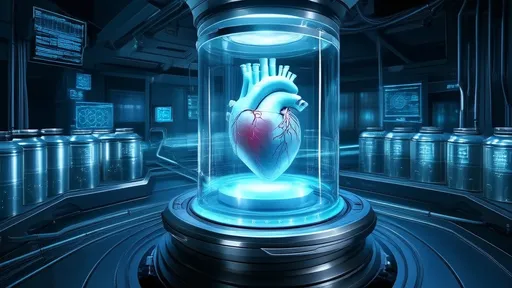
By /Jul 2, 2025

By /Jul 2, 2025

By /Jul 2, 2025

By /Jul 2, 2025